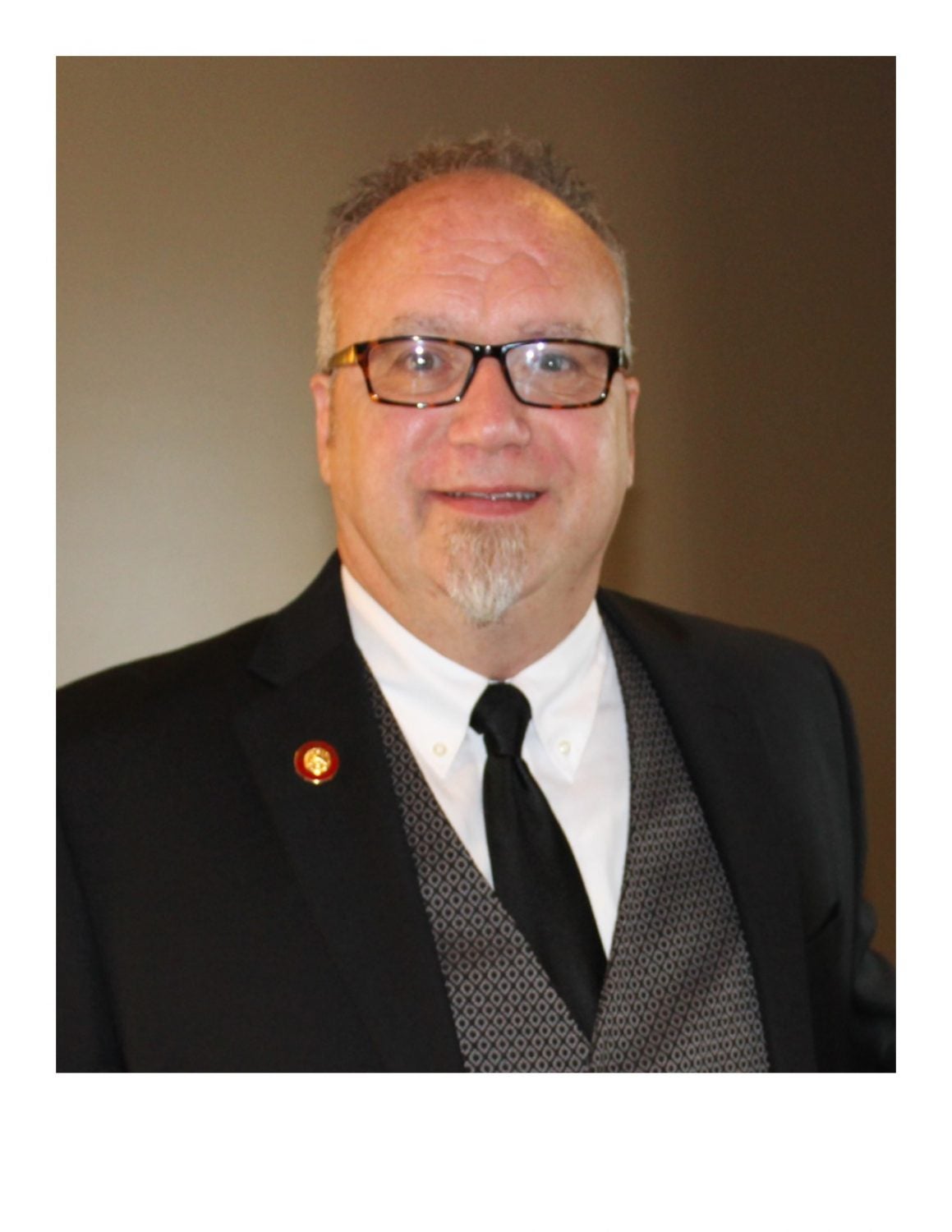Paul Hamilton | DIY estate planning
Published 1:28 pm Wednesday, October 5, 2016

- Paul Hamilton
Hey Paul: We have a “will,” but we also hear the terms “living will” and “living trust.” Do we need these other estate documents?
Whoever decided to name estate documents didn’t make it easy on us. The will is the central estate document as it handles the transfer of all earthly belongings that do not go directly to your chosen heirs. Note, the majority of your assets will likely go to your surviving spouse, if you have one and didn’t make other designations.
Assets such as life insurance, retirement accounts (e.g. 401(k), IRA’s, SEP’s, etc.), mutual funds and bank accounts can have designated beneficiaries — usually including your spouse and children, but could also be assigned to a friend, charity or to your estate. These assets pass to the designated party without going through probate. They do not need to be mentioned in a will, although some assets will need to be available to pay final expenses, taxes and any outstanding debts.
A second method your estate can be directly distributed is through joint ownership. Usually this is JTWROS – jointly titled with right of survivorship. Other titling designations may also allow the survivor to take over the deceased share of the home, business or other assets.
A third way your estate can be directly distributed is through a living trust. These are usually revocable, in that you can change what assets are held in the trust, and who is to receive the assets upon your death. If needed, you can terminate the entire trust.
In my opinion, living trusts are the most underutilized legal document. Essentially, a trust changes the legal owner of the assets placed in the trust from you to yourself as trustee. Usually couples are joint trustees. Nothing material changes in how the asset is owned including the possibility of the trustee selling trust assets before his or her death.
Typically, a living trust would include the primary residence (aka home) and other valuable property such as secondary homes, time-shares, cars, boats – anything with a title can be transferred into the trust. It can also included non-titled items such as tools, furniture, appliances, books, etc. The trust document will state how these assets will be distributed upon your death.
In each of these three direct methods – designated beneficiaries, jointly titling, and a Living Trust – the assets do not go through probate. Probate is the organized and public court proceedings to distribute your estate. A popular misconception is only disgruntled surviving family members go to court to fight over the estate. Unfortunately, probate proceedings apply to all assets not distributed directly by the three methods listed above.
So what’s so bad about a couple of hours in court? Well, probate proceedings usually last several months delaying the distribution of the estate. Furthermore, they could cost around 5 percent of the estate in legal fees. A $200,000 home and $100,000 in household items could cost $15,000 if it goes through probate proceedings.
Why not take a few hours and less than $100 on Nolo trust software and put a few big items into a living trust? I know many lawyers will chastise this do it yourself approach, but I have not heard of a case where a Trust has been invalid due to the lack of an expert’s oversight, as long as the person followed reasonable steps.
The one thing I have heard of is someone creating a trust document, but failing to transfer the home or whatever assets into the trust by changing the title work. This is an easy step that can be done at the courthouse.
As I understand it, there are some cases where probate is the only or best option for distributing an estate. Circumstances where there are large debts or other messy details to sort will probably end up in court.
There are also allowances for very small estates to proceed without a probate hearing, but if any significant assets are held, then probate will likely be needed.
Back to your original question, a will is a supplement to a living trust or vice versa. You don’t have to have a Living Trust, but I advise anyone who has assets that cannot be directly transferred to have one. This is especially true for singles or widows who do not have a spouse as the primary recipient of their estate.
To make matters more confusing, a living will really has nothing to do with a will or a trust or living for very long.
Also known as a “Health Care Directive,” A living will is a legal document where you state your wishes about life support and other end-of-life medical treatments. The living will is easy to complete in the sense it is a one or two page form. The difficulty is coming to terms with the reality that you need to sign-off on medical interventions. The real benefit of a living will is to clarify for physicians your wishes — which they may or may not oblige — but more importantly for your loved ones to know your last wishes if it comes down to it.
All these estate documents can be completed by a legal amateur like myself. The Nolo software is particularly popular, and it’s the one I have used for my family. Note that I am not an attorney, so do not rely an economist for legal advice. Particularly if you have significant assets or a complicated estate plan that you would need to fork over thousands of dollars to an estate lawyer. For the rest of us, a simple DIY software plan is at least a good start for planning our ends.
Dr. Paul Hamilton is an Economics Professor at Asbury University and fee-based financial planner. He is currently offering a $100 a month subscription plan for those who would like further financial advice. See www.USA-Economics.com for more information.



